
Year 2015
Role Lead Designer
Client W+K, S7 Airlines
Team Tellart
Role Lead Designer
Client W+K, S7 Airlines
Team Tellart
S7 Imagination Machine
Fly an airplane with the power of your mind and win a ticket to your dream destination.
Interactive installation designed and developed in collaboration with Wieden+Kennedy, for the S7 Airlines ‘Fly anywhere you can imagine’ campaign.

The Game
The S7 Imagination Machine is a game of skill. Using an EEG biosensor, we measure participants’ level of concentration, as they try to fly an airplane to their dream destination.
During the game the participants have to stay concentrated on their dream destination. When they lose focus the plane starts to veer of its flight path, but if they make it in time they win an actual ticket!
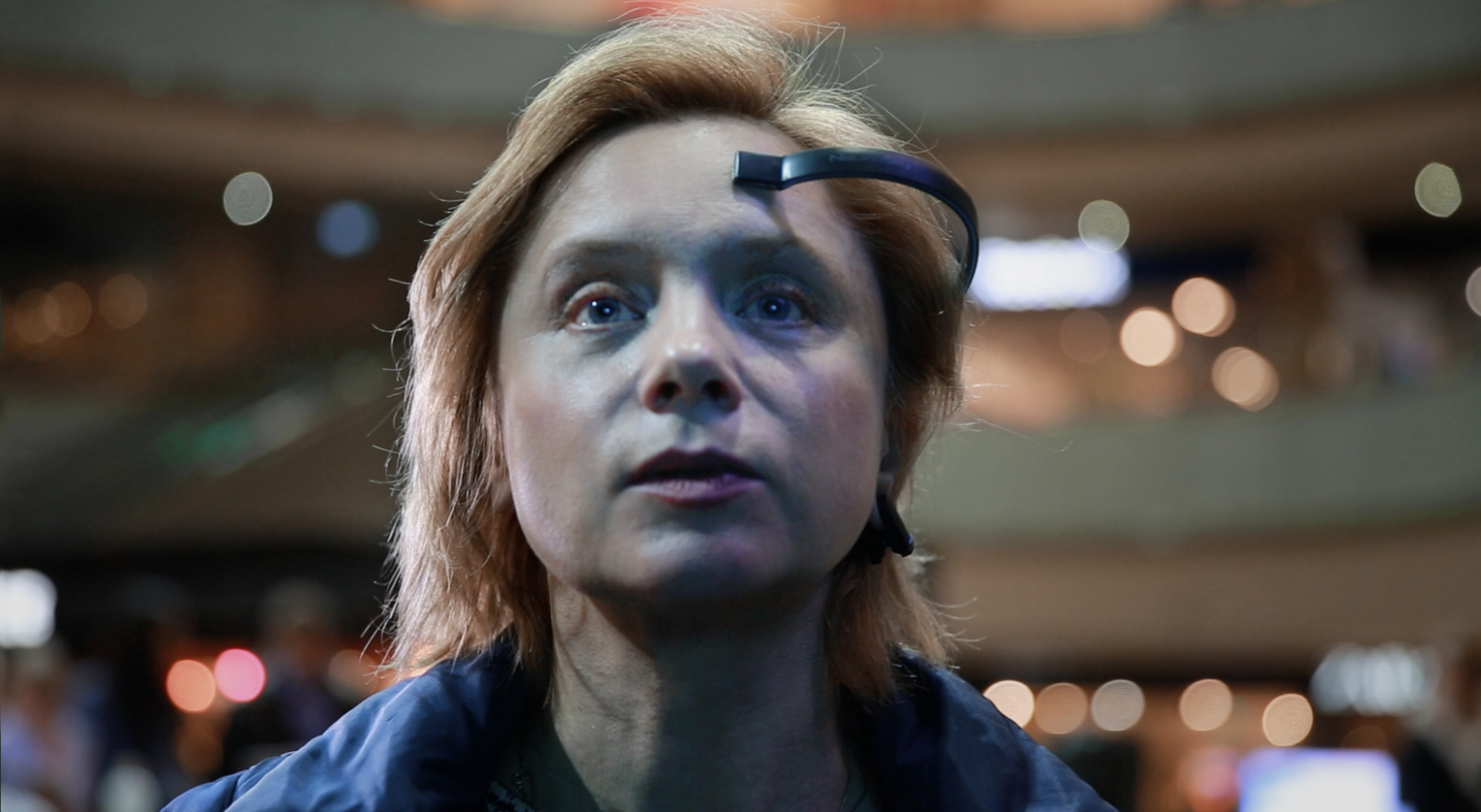
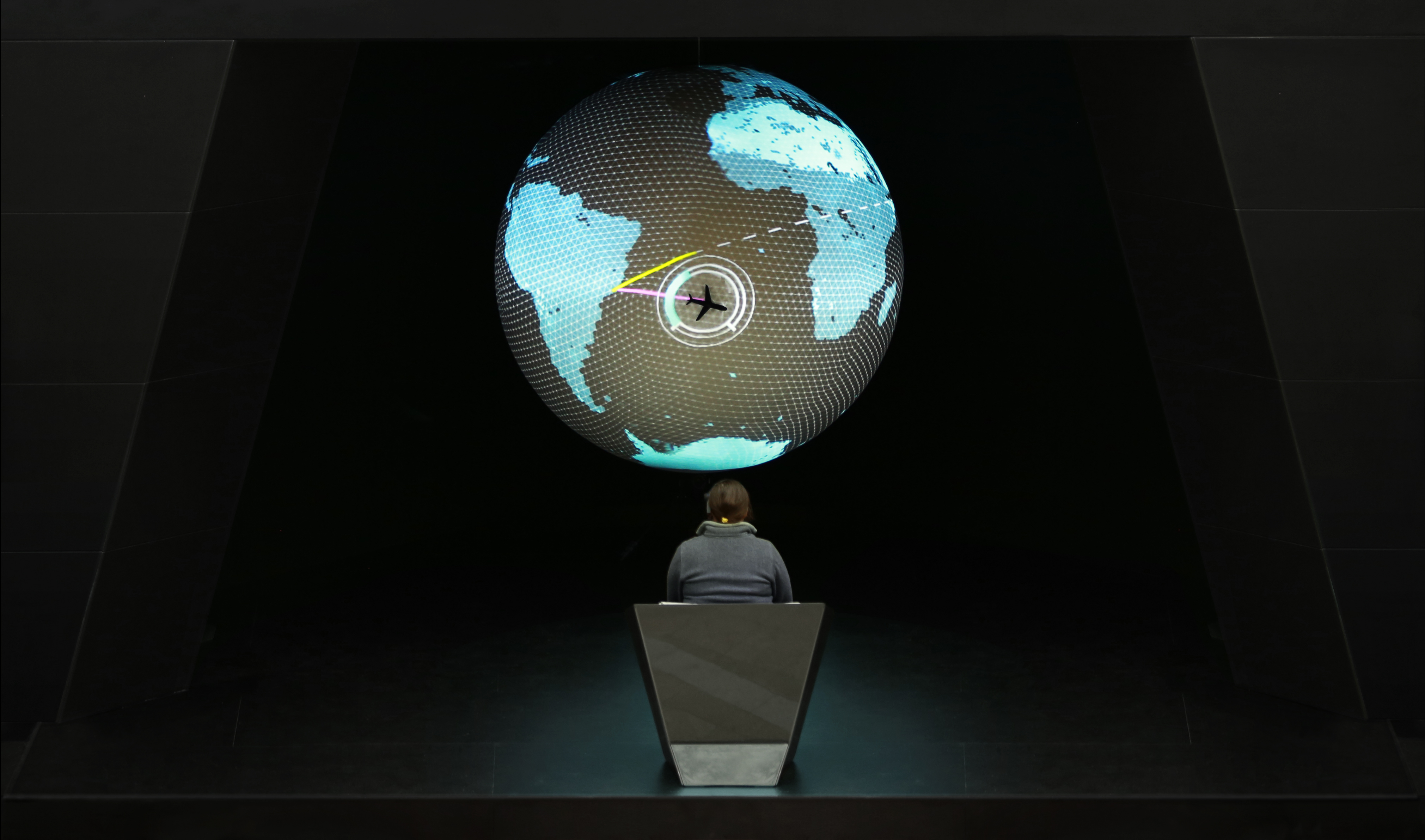
Prepare
The installation generated long queues and enormous anticipation. As participants awaited their turn, we fitted them with an EEG headset, and gave them the opportunity to train their skills to play the game.

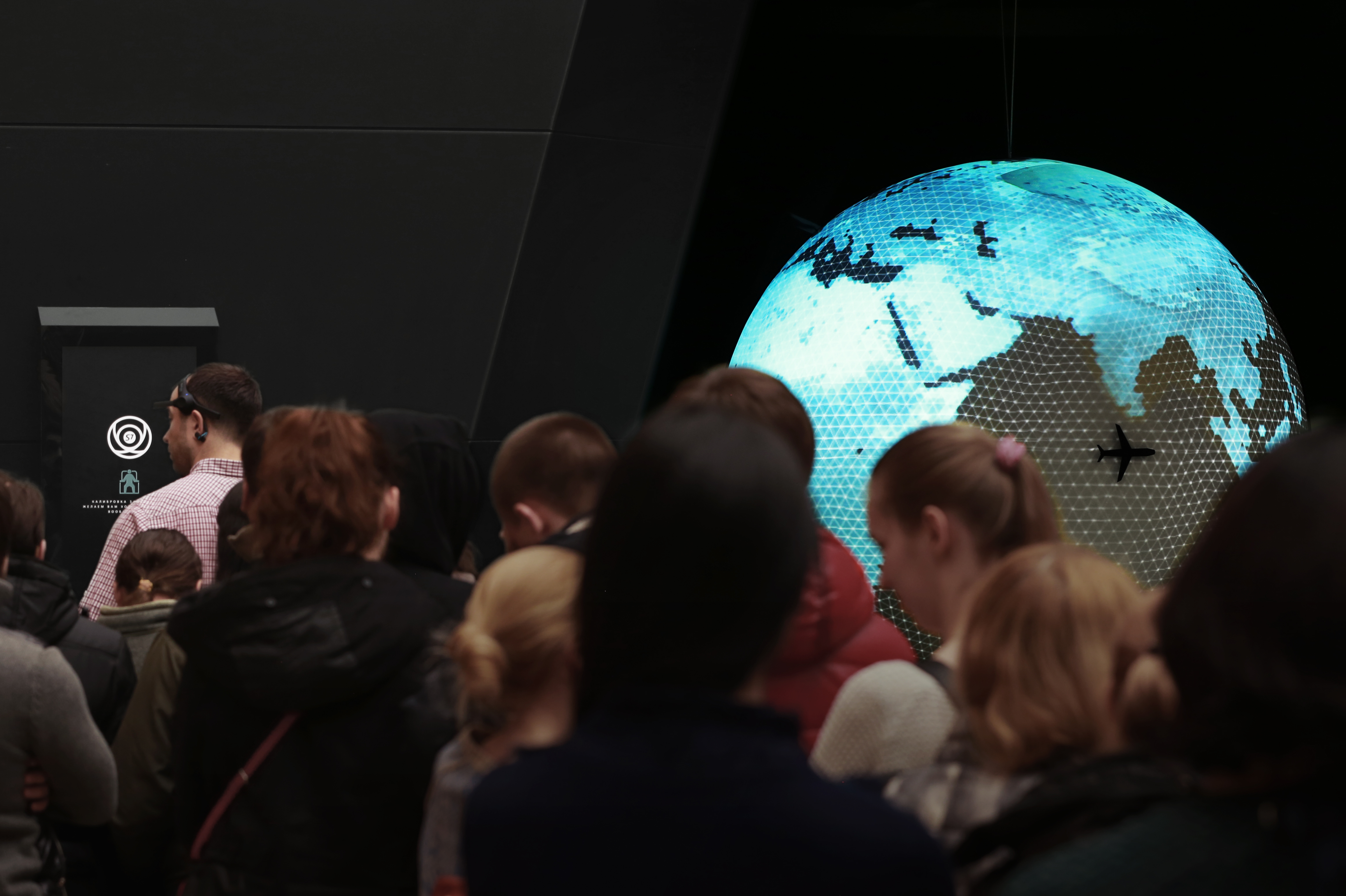
The activation had immense impact with over 2 million views online, 4500 new loyalty program member and a 20% increase in online sales after one week.
Behind the Scenes
The project took place over the course of just 6 weeks. Our starting point was an ambitious idea, and the challenge was to keep the core of that idea alive while also designing something that was feasible to develop within the timeframe and budget.
Globe
Originally the creatives at Wieden+Kennedy had imagined a fully mechanical rotating globe. Quick research showed this would be very high risk and over budget. Instead we proposed to build a physical sphere, and physical plane, but use projection mapping to create the illusion of a spinning globe, while also allowing for more spectacular visual effects.
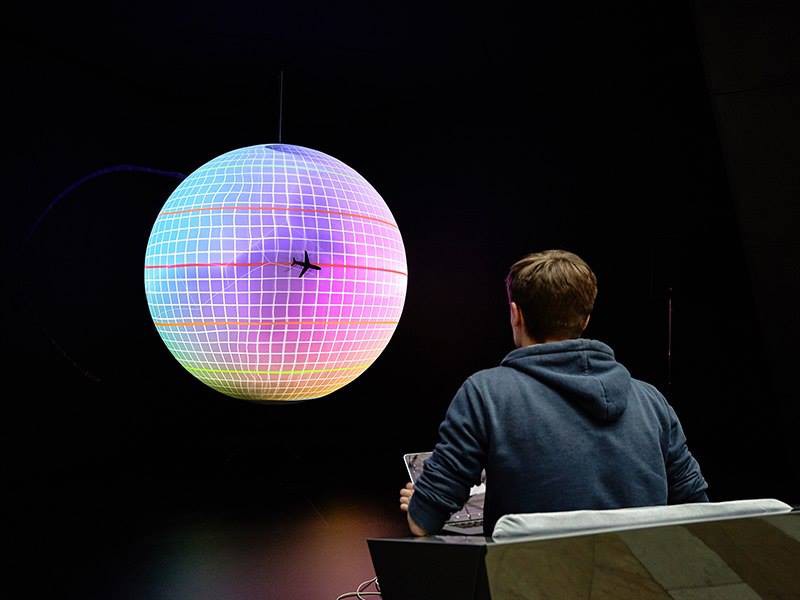 AV partner, Neumann Mueller, projection mapping the sphere
AV partner, Neumann Mueller, projection mapping the sphereThroughput
As we started to test our first prototypes it became quickly clear that setting up the EEG headset took a significant amount of time and would seriously affect our throughput. In order to overcome this, we introduced a ‘calibration station’, where one participant can be set up, while another plays the game.
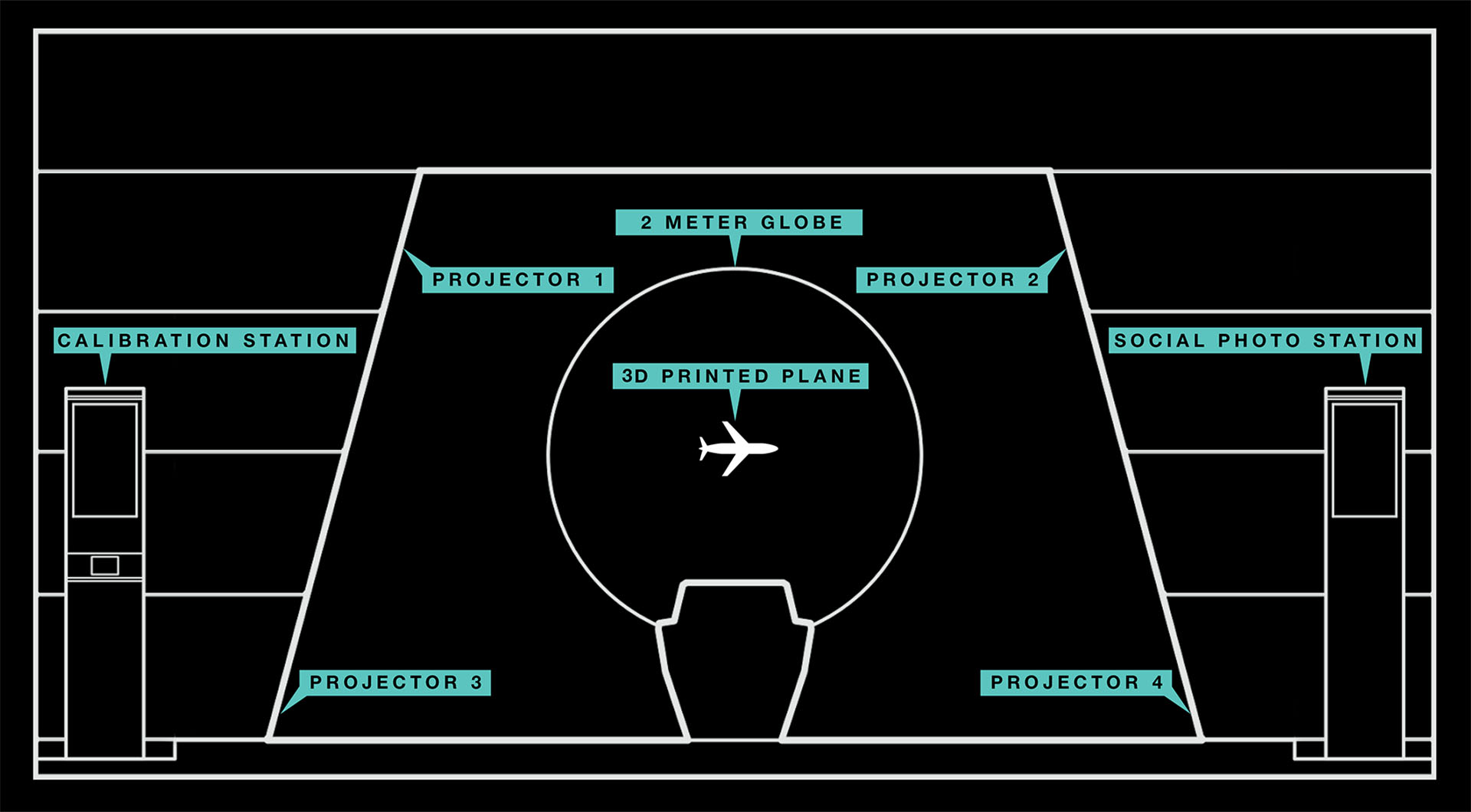
Hosts
Since this was only a one day event, it made sense to partially rely on human support, rather than making everything stand alone. Hosts were trained to take care of placing EEG headsets, answering questions and keeping track of the game status.
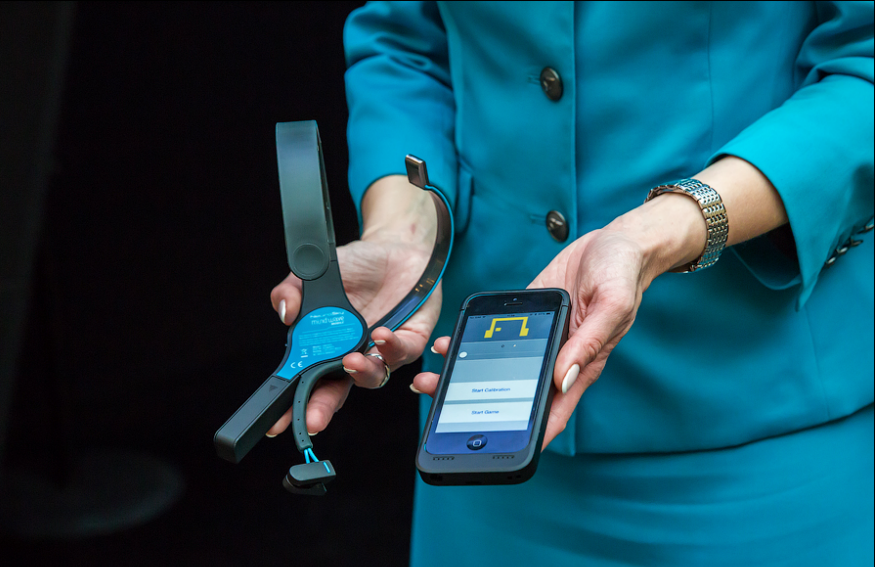 Host tools
Host tools
Fairness
Fairness was an important factor in designing the game. Originally we imagined all the game flights would start in Moscow, where the installation was located, but if everyone would choose different dream destinations different distances would lead to unfair game play.
One solution would be to adjust the flight speed, but for the closer destinations this would lead to a lack of visual spectacle. Instead we decided to keep the length of the flightpath consistent, which meant starting from a ‘random’ place on earth. To avoid this looking weird, we decided to use the fact that we were projection mapping, by creating a transitional animation from an abstracted globe at the start to a legible map part way into the game.
One solution would be to adjust the flight speed, but for the closer destinations this would lead to a lack of visual spectacle. Instead we decided to keep the length of the flightpath consistent, which meant starting from a ‘random’ place on earth. To avoid this looking weird, we decided to use the fact that we were projection mapping, by creating a transitional animation from an abstracted globe at the start to a legible map part way into the game.
Acknowledgments
This project was produced by a very nimble team in only 6 weeks
I was responsible for overall, UX and physical design, working closely with Pierluigi Dalla Rosa, who was responsible for the technical realisation of the project.
Neumann Mueller was brought on to take care of AV and Smart Group fabricated the physical design.
The project was produced in close collaboration with the creative team at Wieden+Kennedy.
zazazuilhof [at] gmail.com
@zazazoe